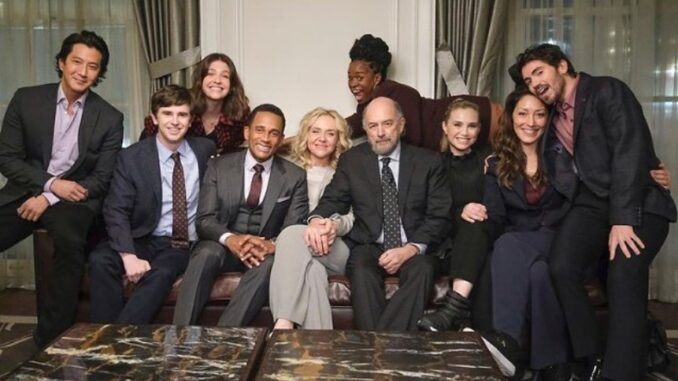
The brilliance of “The Good Doctor” lies not merely in its medical drama but in its exploration of what it truly means to heal. Through Shaun’s journey, viewers are invited to question conventional wisdom about emotional intelligence, communication, and the very nature of empathy. His literal interpretations and unfiltered honesty often reveal truths that his neurotypical colleagues miss behind their social masks and professional detachment.
Freddie Highmore’s nuanced portrayal of Shaun avoids stereotypical characterization, instead offering a complex, evolving character who navigates the world differently but with profound insight. His performance captures both Shaun’s challenges and his remarkable abilities without sentimentality, showing how his different way of processing information becomes his greatest strength in diagnosing the medically mysterious.
The supporting cast creates a rich tapestry of human experiences around Shaun. Dr. Claire Browne’s emotional intelligence, Dr. Neil Melendez’s demanding excellence, Dr. Aaron Glassman’s paternal guidance, and Dr. Audrey Lim’s pragmatic leadership all serve as foils highlighting different aspects of medical practice and human connection. Together, they demonstrate that true healing requires diverse perspectives and approaches.
“The Good Doctor” challenges viewers to reconsider how we define intelligence and compassion. In Shaun’s world, empathy isn’t always expressed through conventional means like eye contact or soothing words, but through his unwavering dedication to solving medical puzzles and saving lives. His journey reminds us that connection takes many forms, and sometimes the people who seem most disconnected observe humanity with the greatest clarity.

The show’s powerful narrative resonates because it reflects universal struggles: the quest for acceptance, the challenge of communication across differences, and the fundamental human desire to be understood. Through its intricate medical cases and character development, “The Good Doctor” delivers a profound message—that healing extends far beyond medical procedures and pharmaceutical interventions. True healing encompasses seeing patients as whole people, recognizing unspoken suffering, and embracing differences as strengths rather than obstacles.
In a healthcare landscape often criticized for becoming increasingly automated and impersonal, “The Good Doctor” reminds us of medicine’s human heart. It suggests that sometimes the best doctors are those who approach problems from unexpected angles, who question established protocols, and who see patterns others miss precisely because they view the world differently.
As viewers follow Shaun’s evolution from an isolated prodigy to a valued member of a medical team, we witness the transformative power of acceptance and understanding. His colleagues learn as much from him as he does from them—perhaps the most authentic portrayal of inclusion in modern television.
“The Good Doctor” ultimately delivers a hopeful message: that in embracing our differences and combining our unique perspectives, we create something more powerful than any of us could achieve alone. In Shaun Murphy’s extraordinary journey, we find a universal truth about healing—that it happens not just through medical brilliance, but through human connection, in all its complex and unconventional forms.
